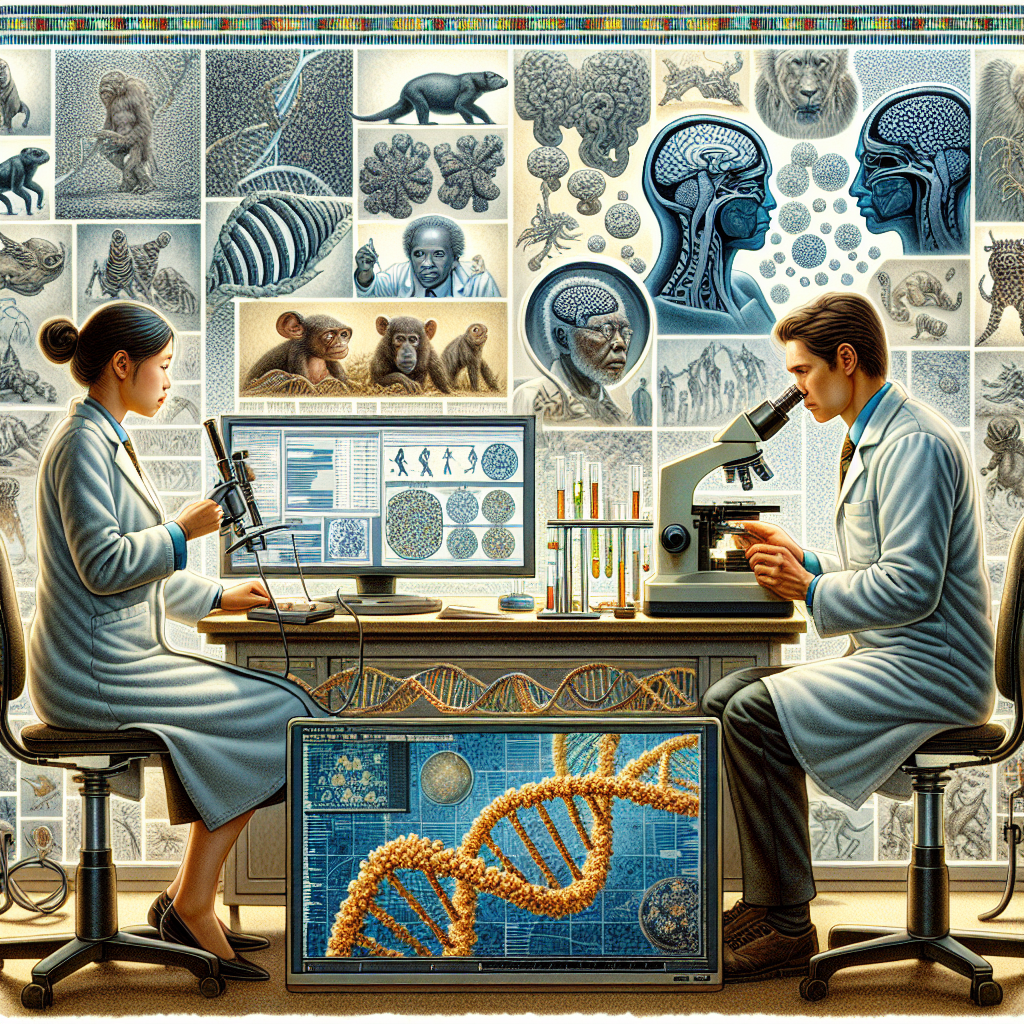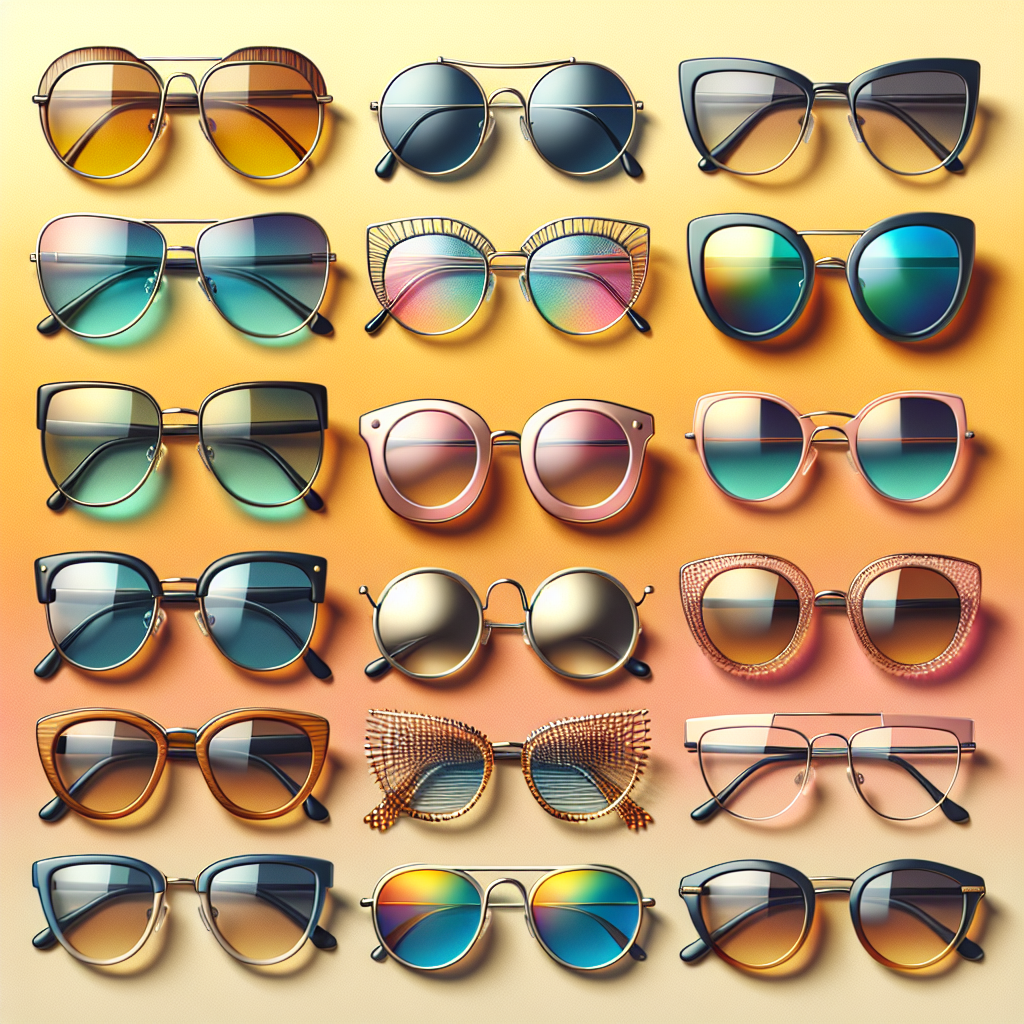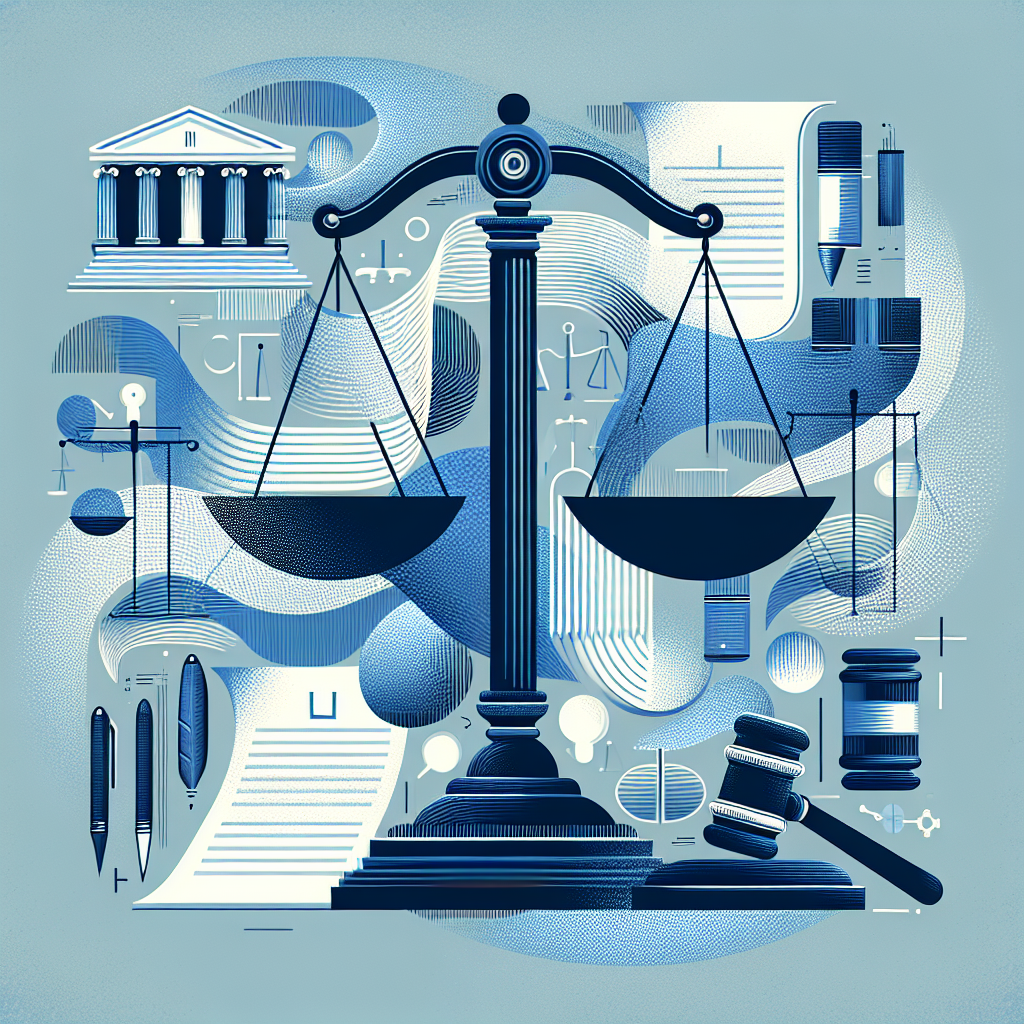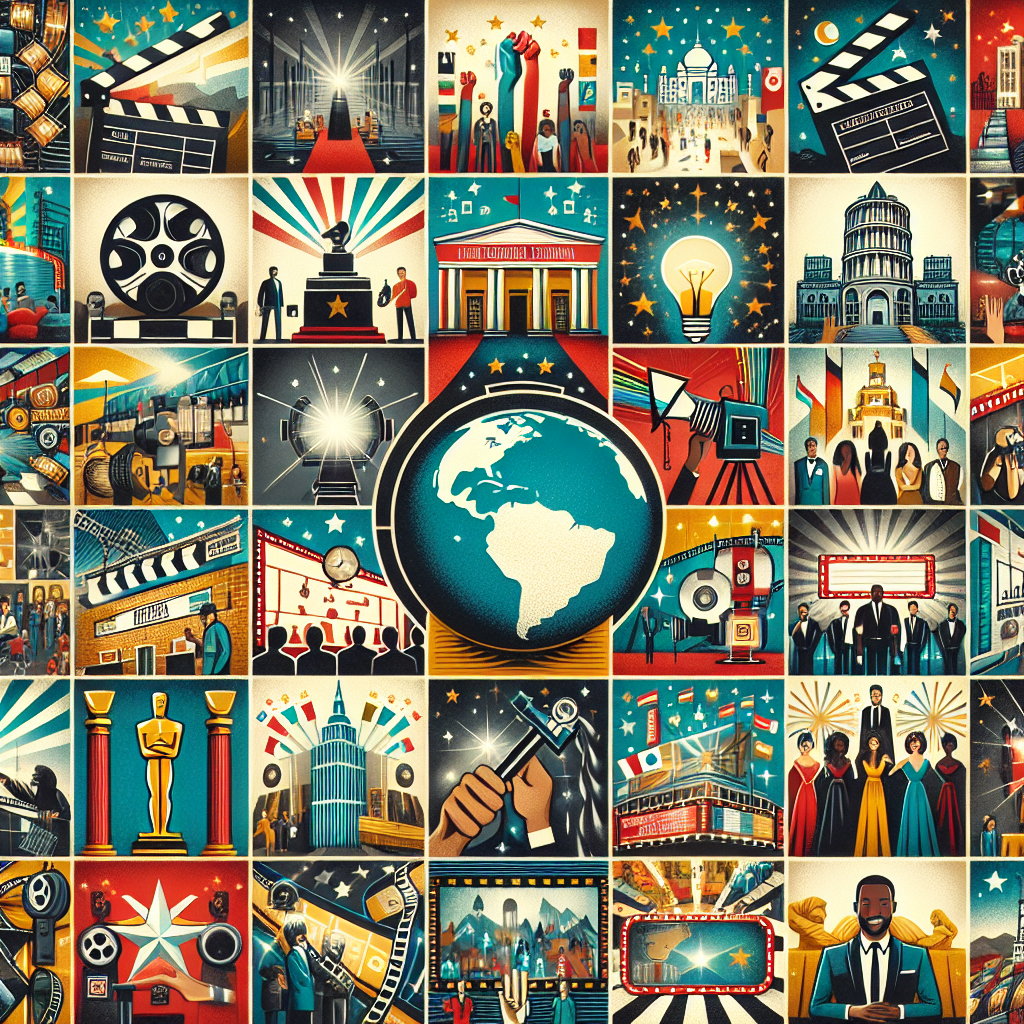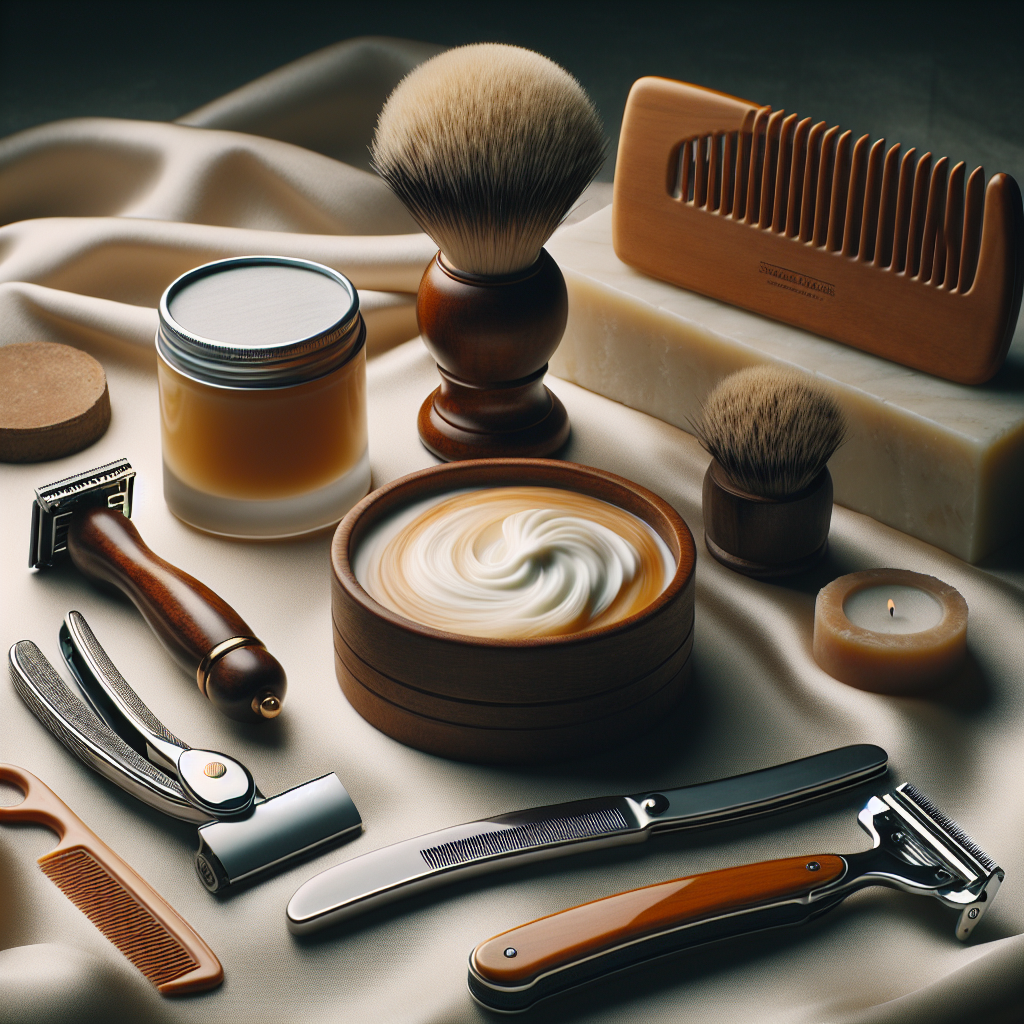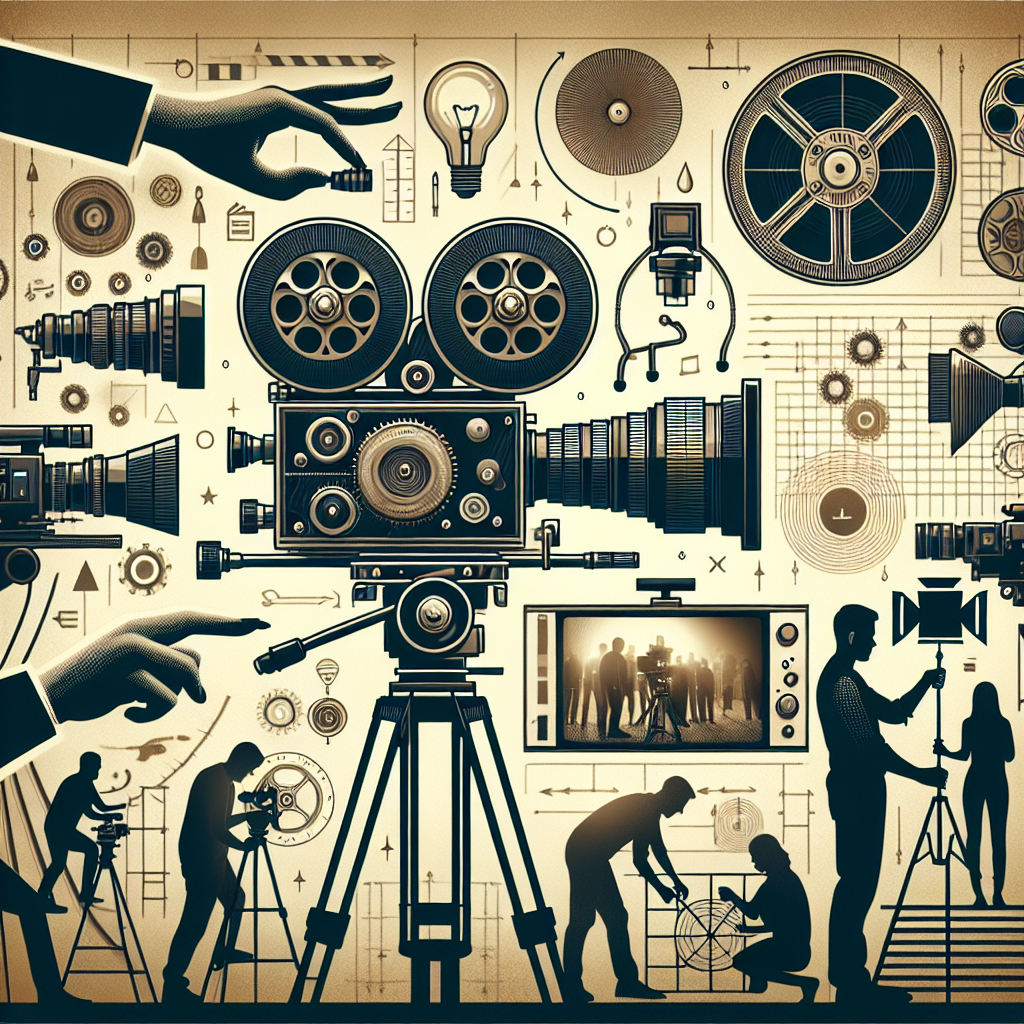
Lighting
Lighting is one of the most important aspects of cinematography. It can set the mood of a scene, create depth and dimension, and draw the viewer's attention to specific elements. Cinematographers use different types of lighting, such as natural light, artificial light, and practical light, to achieve the desired effect. They also have to consider factors like color temperature, contrast, and shadows when setting up lights for a shot.
Framing
The way a shot is framed can greatly impact how the viewer perceives the scene. Cinematographers use framing techniques such as the rule of thirds, leading lines, and symmetry to create visually appealing compositions. They also make use of different shot sizes, angles, and camera movements to enhance the storytelling and emotional impact of a scene.
Camera Movement
Camera movement adds another layer of dynamism to a shot. Cinematographers can use techniques like panning, tilting, zooming, and tracking to follow the action, reveal new information, or create a sense of movement and energy. The choice of camera movement should support the narrative and enhance the overall visual storytelling.
Composition
Composition refers to the arrangement of elements within the frame. Cinematographers carefully consider the placement of actors, objects, and background elements to create balance, contrast, and visual interest. They also pay attention to lines, shapes, and textures to guide the viewer's eye and reinforce the story's themes.
References
For further exploration of cinematography techniques in the film industry, check out the following resources:
.
